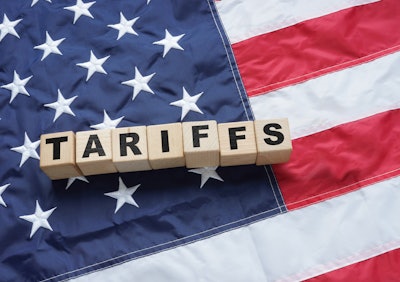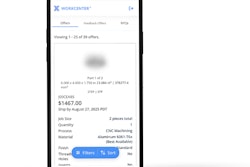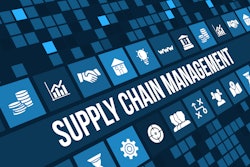
The tariff conversation has been dominating the news cycle since before the current administration began making moves, unsurprising given the impact tariffs can have on the global economy. As trade negotiations continue, tariff percentages are likely to continue fluctuating.
Tariffs on steel are already affecting the global supply chains that fleets depend on. With a 50% tariff on steel imports (25% in the UK), it’s now more expensive to procure vehicles and equipment. But the impact doesn’t stop at asset procurement.
Fleets rely on a sprawling network of suppliers, manufacturers, and distributors to source everything from engines to replacement parts. When tariffs increase the cost of raw materials, those costs ripple through every tier of the supply chain. Analysts estimate U.S. consumers could face $30 billion in higher auto costs during the first year of the tariffs, a figure that can affect consumer spending and, thus, profitability.
How supply chain volatility compounds fleet costs
Steel tariffs don’t operate in isolation. They collide with existing supply chain vulnerabilities, such as shipping delays, port congestion, labor shortages, and geopolitical tensions. For fleets, this means the unpredictability of both price and uptime rates, including:
● Repair delays: Critical parts often come from overseas suppliers. Tariffs increase not only cost but procurement lead times, as fleets search for affordable alternatives.
● Maintenance planning risks: Lack of real-time data can leave fleets blind to which assets are most at risk of downtime if parts are delayed or cost-prohibitive.
● Asset lifecycle compression: Rising repair costs can force premature replacement of assets, accelerating capital expenditures at a time when budgets may already be strained.
Although the United States has used tariffs since its founding, the post-WWII era marked a shift toward reducing them among trade partners to encourage free trade. However, because the U.S. is now one of the largest importers, the modern convergence of tariffs and fragile supply chains is creating financial and operational uncertainty. Fleets that can’t adapt quickly risk compounding inefficiencies and seeing margins eroded.
Why cost visibility is now a supply chain imperative
Historically, some fleets have treated cost tracking as a back-office finance function, but today’s tariff-driven volatility, in addition to other geopolitical issues affecting economies around the world, shows that spreadsheets and monthly cost rollups are no longer sufficient. Lagging data is a liability when prices can shift before the next shipment clears customs.
Real-time cost visibility is now as much a supply chain function as it is a finance one. Without it, fleets cannot:
● Identify where money is leaking across suppliers, repairs, and procurement.
● Assess the true total cost of ownership (TCO) when steel prices spike.
● Negotiate vendor contracts with data-backed decision-making.
● Make informed decisions about sourcing alternatives or shifting procurement strategies.
Cost tracking is no longer just about balancing books, but rather optimizing uptime rates, ensuring parts availability, and keeping assets on the road despite global supply chain issues.
Procurement challenges and solutions
Many may see tariffs as primarily a procurement issue, but they are kind of a catalyst for reimagining fleet operations, including cost control and factoring in supply chain resilience. After all, if you don’t know what you’re spending, when, and where, it can be difficult to determine a strategy for success or even improvement.
Fleets that don’t prioritize data centralization and automated cost tracking, specifically pertaining to TCO and cost per mile (CPM), can run into additional challenges and unnecessary cost inflation. There are a few macro and micro ways to go about this, including:
● Strengthening supplier relationships by identifying where delays or overages consistently occur.
● Strategically planning asset replacements and vendor agreements with long-term cost stability in mind, as well as understanding lead times for new assets.
● Making real-time budget adjustments when supply chain costs fluctuate.
● Spotting operational inefficiencies sooner to allow budgetary flexibility, meaning you can better (and more comfortably) reallocate resources before unnecessary costs get out of control.
Digital fleet solutions, such as a fleet maintenance management platform, can dramatically improve cost visibility, allowing fleets to understand where they can make cost improvements and even benchmark for further enhancements, adding a layer of protection within the budget while remaining maximally operational.
The new reality for fleets
Steel tariffs are a pressure test for the entire supply chain ecosystem, including freight, trucking, and last-mile delivery fleets, but those fleets that treat cost visibility as an operational core may well be the ones best positioned to maintain stability, negotiate better supplier terms, and keep assets moving despite global volatility.




















